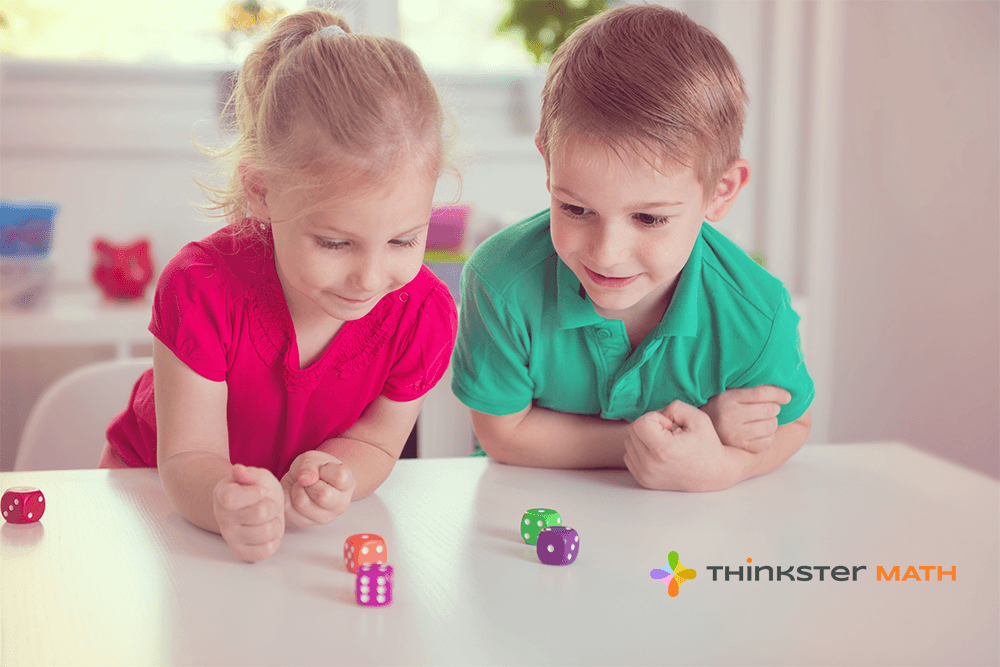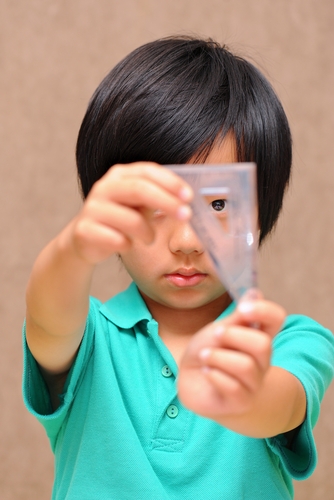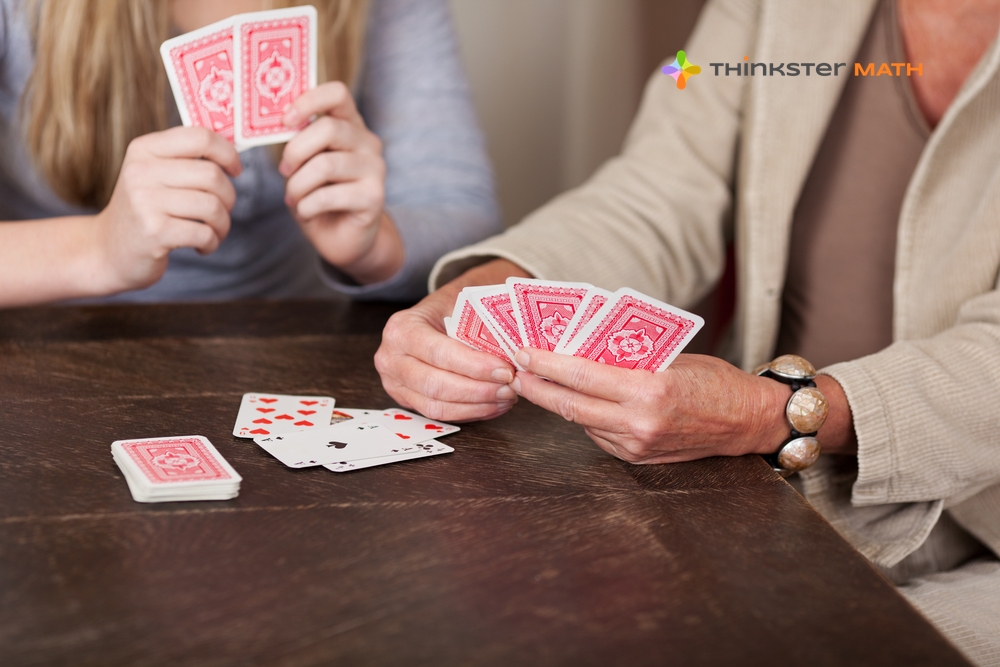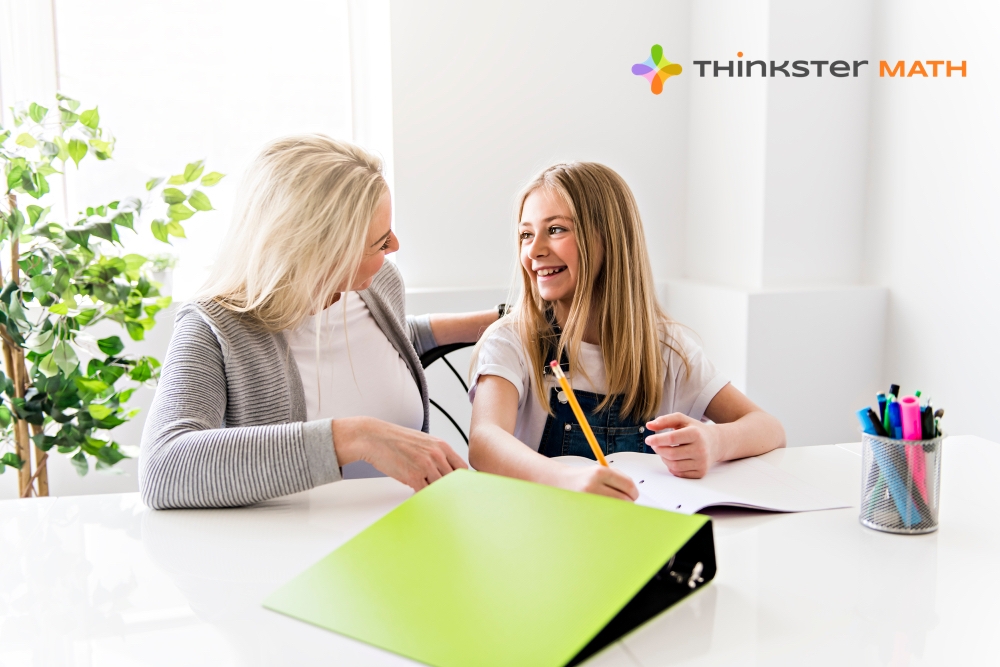

Last Updated on June 1, 2022
The introduction of basic geometry can throw a curveball at younger students who are used to working primarily with numbers. Second-grade math help might be necessary to get second-graders comfortable with the shapes and lines they will encounter in school for years to come. Parents can help by pointing out the geometry in the world all around us. Remember, you can be as valuable a resource as teachers and tutoring programs in helping your child; here are some ways how:
Street signs come in many shapes, colors, and sizes. Ask your child to identify what shape a sign is that you see on the road as well as how many sides it has. Or, challenge your second-grader to look for a pentagonal or octagonal sign. Look for patterns—for example, caution signs are almost always shaped like diamonds.
This is a fun activity that will require some siblings or friends to help. Have the kids pose as shapes or other geometric concepts. For example, a child sitting on the floor with his back upright is at a right angle; two kids standing next to each other represent parallel lines, and six students can form a hexagon on the ground. Take pictures of all this geometry and print off the results. When your children need to identify a shape or a concept, they can reference the pictures for not only the correct answer but also a fun day when they became geometry.
Here’s another car activity that can offer some second-grade math help. Point out a building and ask your child what shape it looks like. There are really no wrong answers with this game, which is intended for a second-grader to further explore the geometry in the world around them.
Take out some art books from the library, visit an art museum or find images of classic paintings and sculptures online, and ask your child to look for shapes, lines, and angles within these works. Again, this isn’t an activity that requires exact replies, but instead, encourages a second-grader to think of art—and geometry—in more than one way.
Many board games use geometry as a main mechanism of play. Tangramino, Qwirkle, and—if you can find it at a thrift store or on eBay—the classic Blockhead are among the many games that challenge kids with shapes and spatial thinking. Perhaps the most well-known geometry game is Blokus (and its sequel, Blokus Trigon), in which players must place pieces of various shapes without running out of space. Blokus is available at most department stores and is a fun way to apply geometry outside of school.
While the activities and games above are great to add to your routine, don’t forget the benefits of an if your child is struggling to keep up (or simply wants to get ahead).
If you’re looking for to help your child, you can try Thinkster risk-free.
Thinkster provides a full-fledged platform (driven by AI, behavioral, and data science), as well as supplemental , help, , and more. Our Parent Insights App allows you to monitor your ‘s work and improvements at any time.
An elite, and system work together to help your go beyond just – we want them to master it.
Learn more about our curriculum and teaching style here.



